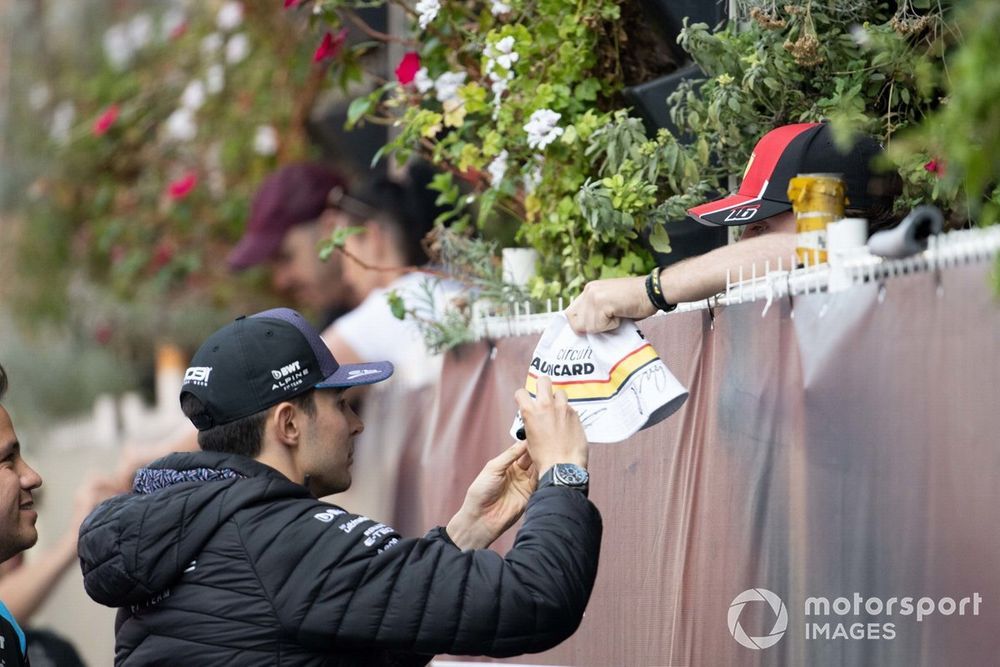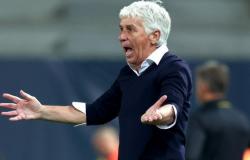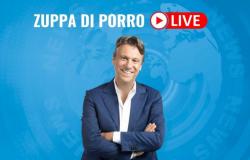Sponsored by
Monaco is considered the home of almost half of the 20 drivers on the current F1 grid and Mercedes Team Principal Toto Wolff but, beyond the huge tax advantages, there are other reasons that attract them to live in the Principality.
Monaco is one of the smallest nations in the world and has a total area of just over two square kilometres, barely larger than London’s Hyde Park. However, it is full of buildings and is home to a population of almost 40,000 people, a quarter of whom were born here, like Charles Leclerc, while a third are millionaires.
Despite its size, the city has several neighborhoods, each of which has a unique style. Monte Carlo is the best known, but there is also La Moneghetti, Condamine, Fontvieille, Larvotto and Monaco-Ville, and the average property in some of these areas can cost double that of those in London’s exclusive Mayfair.
Currently, out of twenty F1 drivers, nine reside in Monaco: Leclerc, Max Verstappen, Lewis Hamilton, Lando Norris, Nico Hulkenberg, Daniel Ricciardo, Valtteri Bottas, Alex Albon and George Russell, who joined the list last year. The exact location of their homes is top secret, but every now and then fans get a glimpse into their daily lives, as in the case of Lando Norris in his iconic Fiat 500 Jolly or, more recently, Charles Leclerc walks the streets with her new puppy Leo.
Many former drivers also reside there, including Nico Rosberg, who spent most of his childhood here, David Coulthard, resident since 1995 and owner of the Columbus Hotel until 2020, Jenson Button, Mika Hakkinen, Riccardo Patrese, Stoffel Vandoorne, Daniil Kvyat, Antonio Giovinazzi and Paul di Resta.
So, what’s the appeal of living in Monaco?
Physical form
Many drivers have their own gym at home, but there are enough private gyms in the city to avoid training alongside another F1 driver. Leclerc, for example, goes to his local health club daily.
Carlos Sainz, Ferrari SF-23, Lewis Hamilton, Mercedes F1 W14, Charles Leclerc, Ferrari SF-23
Photo by: Glenn Dunbar / Motorsport Images
However, it’s the great climate combined with the superb countryside nearby that takes training to the next level – many riders regularly cycle or run on the trails or winding roads along the hills or along the coast.
There are also many spas for relaxing, and many pilots follow the practice of cryotherapy, in which extreme cold is used to freeze and remove abnormal tissue. Leclerc, for example, regularly goes to the Thermes Marins Monaco.
Lifestyle
Residential properties can be expensive, but an F1 driver’s salary allows for luxurious locations, most of them with stunning sea views of the port, making it the perfect place to spend your time between races and the other.
Rivalry on the track used to mean you couldn’t form a friendship off the track, but many of the current drivers get along really well and living so close can make life more sociable when they’re not travelling.
Dining in the city, if you have a full wallet, is sublime, with a wide choice of Michelin-starred restaurants, including Le Louis XV – Alain Ducasse a l’Hotel de Paris, La Table d’Antonio Salvatore au Rampoldi and Pavyllon Monte -Carlo.
Many pilots also spend time on the Mediterranean Sea, with numerous small bays for jet skiing and not one, but two harbors full of yachts. For example, Leclerc has his own yacht and spends many days cruising along the 3.8 km of coastline.
In the mountains behind the city, however, the roads are the ideal place for cycling and are also the perfect place for driving. Verstappen is believed to have a collection of exclusive supercars, including a £2million Aston Martin Valkyrie.
Privacy and security

Esteban Ocon, Alpine F1 Team, signs an autograph
Photo by: Simon Galloway / Motorsport Images
It may seem strange, but Monaco offers F1 drivers a bit of normality! Unique privacy laws and severe restrictions on professional photographers, requiring explicit written permission from the government, allow pilots to move around undisturbed.
Security is also high: in fact, Monaco is often cited as one of the safest countries in the world. The police-to-population ratio is said to be seven times higher than in the UK and there are CCTV cameras everywhere, monitoring people’s every movement.
Logistics
The Principality’s location is ideal for the lifestyle of a frequently traveling F1 driver, being approximately 15 miles (24 km) from Nice Airport, which has an extensive network of private aircraft. There is also a helipad that can get them to their destination in seven minutes.
And when F1 comes to town each year, of course, drivers living in the Principality can enjoy the unique experience of being able to return to their apartments for the night and enjoy some home comforts during the race weekend.
MoneyGram Haas F1 Team driver Nico Hulkenberg spoke about the benefits of this opportunity, saying: “It’s a nice change from the normal routine. It’s a bit strange going home every night and between sessions, but it puts me at ease.”
The climate
The climate is great all year round: mild and sunny in the winter and warm but pleasant in the summer, with plenty of places to cool off, such as in the air-conditioned apartments, in the private pools or in the crystal-clear waters of the Mediterranean Sea.
The area has its own microclimate with an average of over 300 days of sunshine a year and in winter it rarely drops below 10 degrees centigrade, while summer temperatures hover around 30 degrees.
tax haven
Of course we left the True advantage. All the other elements mentioned help ensure a great lifestyle, but most of them can be enjoyed and experienced in many other places too. The only truly rare aspect of living in Monaco is the tax advantages it offers.

The Red Bull Energy Station in the port
Photo by: Simon Galloway / Motorsport Images
Anyone relocating must have half a million pounds of financial liquidity just to apply for a property, and to receive the tax benefits, they must reside in the Principality for six months and one day each year.
Beyond these elements and the additional condition that French citizens do not receive tax benefits, the government does not impose any income tax, nor wealth tax, nor local tax, nor property or capital gains tax.
When Norris moved to Monaco he said he did so for “the reasons you probably expect” and explained: “It’s something that obviously a lot of drivers tend to do, especially with the way racing works. You’ve seen it with many riders, how quickly things can go even downhill.”
Is experiencing a race in Monaco your dream? If so, go to moneygram.com for your chance to make it happen with the MoneyGram Monaco Dream Weekend.








